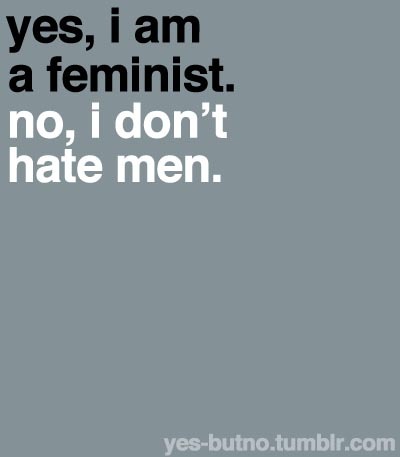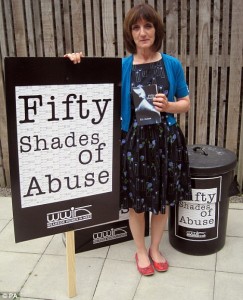This title refers to a chapter in the book, “It’s Complicated: The Social Lives of Networked Teens,” written by Danah Boyd. This chapter is about how social media is actually increasing social divisions among race, rather than bringing them together like people expected. Based off of this information, I believe that the book was targeted towards educated individuals who are interested in the social divisions that are brought on in schools among teenagers. Boyd is trying to educate people on the relationship between social media and issues regarding race.
The book was published by Yale University Press. This shows that it is mainly used for educational purposes for people looking to gain more knowledge on the topic of segregation among teens. The book has a lot of valid information, because Boyd talked to many teens to get the information that she did regarding the topic of the chapter. The main idea of the text that I read was to talk about how digital technology that is developed always ends up being biased towards a specific race. Different social media platforms also end up being targeted towards a specific race or group of people. A quote from the book gives an example of this segregation in technology, “…many image-capture technologies have historically had difficulty capturing darker-skinned people because they rely on light…”
Regarding social media, many people thought that being online meant that nobody knew who you were, which would ultimately end the segregation. However, platforms such as Facebook and Myspace give out identities of its individual users. This means that segregations in schools, where students usually group together with people of their own race or social standing, will never be broken by social media. A girl named Kat explained how more of the ghetto students used Myspace in her school, while the white kids moved onto Facebook. This shows another way in which segregation occurs within social media, without even realizing it.
I understand where this article is going with the idea of segregation among races in school and social media. However, I don’t think anything will ever end this separation among people. Most people feel that they can relate more with people of their own race. I believe that it comes naturally. I can relate what Boyd talks about in this chapter to how my high school worked. You’d see specific sports associated with specific races, and while Facebook was used by everyone, most of the comments that were left on peoples pages were by people of their own race.
I appreciated how Boyd related technology being designed in terms of specific races, whether it’s done intentionally or not. I never realized this, until I read this chapter. I also appreciate how she started the chapter with a conversation with a girl who is negatively affected by segregation that occurs within her hometown. She doesn’t like how people associate gangs with black people. People stare if a group of black people are together and this prevents her from being able to go out as much as she’d like to. Her school is very segregated, to the point where they have specific names for groups of different races. This was a strong example of separation among races in schools and was a good way to start off the chapter.
One question that I have is, now that its come to the attention that some technologies are easier for specific races to use, should companies make other designs that are targeted towards other specific races? Are the current designs biased enough to begin making designs for specific races?


